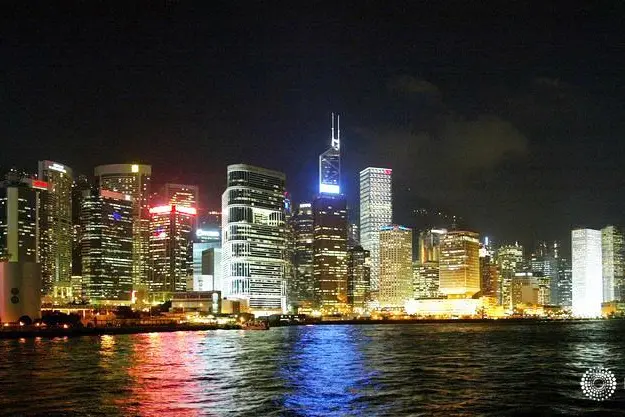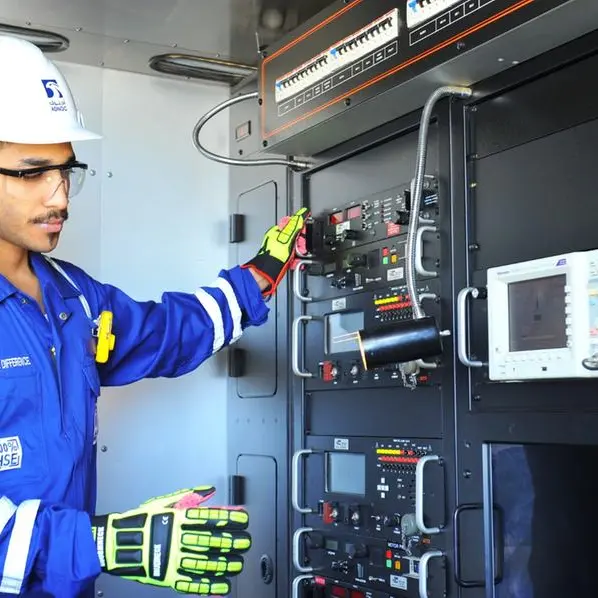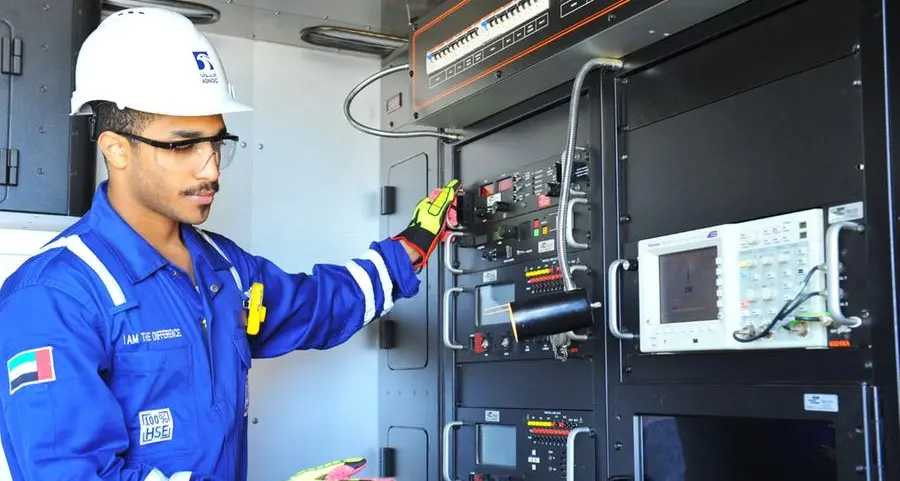PHOTO
23 May 2019
In many ways, China's sprawling Greater Bay Area (GBA) project is a microcosm of its multi-continent Belt and Road Initiative (BRI). Ambitious and large with many moving parts, the Greater Bay Area comprising nine provinces and two Special Administrative Regions (SAR), aims to bolster trade and logistics infrastructure, develop a technology and financial services hub and develop human capital.
BRI aims to do the same but across 60-plus countries.
"It (The GBA) will facilitate the advancement of the Belt and Road Initiative. By means of a two-way opening up, the Greater Bay Area will develop into an important support area for the convergence of the Silk Road Economic Belt and the 21stCentury Maritime Silk Road," according to a Chinese government document, outlining the ambitious plan on February 18.
The GBA is a nexus of the cities of Guangzhou, Shenzhen, Zhuhai, Foshan, Huizhou, Dongguan, Zhongshan, Jiangmen and Zhaoqing in Guangdong Province, along with the SARs of Hong Kong and Macao.
The region, spanning 50,000 square kilometres, and hosing a population of 70 million, had a Gross Domestic Product (GDP) of RMB 10 trillion, or 14 percent of China's GDP. In contrast, the BRI combines 69 countries, with a population of 4.4 billion and 70 percent of the world's GDP.
"The Greater Bay Area is not only economically large but also has a number of dominant industries with distinct competitiveness globally or nationally," noted management consultancy PricewaterhouseCoopers. "These are the key factors driving the regional economic development plan. Looking at the number of large enterprises, we will know the truly competitive industries, while from the number of small and medium-sized enterprises, other advancing industries can be easily deducted."
Chinese President Xi Jinping's dream is to leverage the GBA as a gateway to BRI. The GBA is already a highly developed transport hub, with Hong Kong considered as an international maritime centre, while the major ports at Guangzhou and Shenzhen are also seen as major trade channels. The maritime hubs and modern transportation systems are going to be further enhanced with the new railway, road, sea and air links within the cluster as part of a plan that stretches to 2035.
While the plan, which was launched in February 2019, is ambitious it lacks in detail. A notable absence is lack of tax reforms to attract investors, lack of clarity on the delineation of responsibilities between the various municipalities and the issue of financing some of the major projects that include bridges, roads, railways, sea, and airports.
For Hong Kong, the opportunity is further integration into the booming Chinese economy, but the risk is a further loss of autonomy and independence of institutions, that could lead to a political backlash from its society, according to the research consultancy Eurasia Group.
Hong Kong residents, who fiercely defend their arms-length autonomy with Beijing, are also worried about the reference in the GBA document of the "one country, two systems" doctrine and China's efforts to unify the different social systems and legal systems.
The GBA document notes that "market connectivity needs to be further improved and efficient flow of factors of production has yet to be attained."
Eurasia notes that GBA's initial three-year timeline to "continue coordinating" are not likely to inspire an immediate rush of people, or funds, to the region. "Follow-up plans from Hong Kong, Macau, and Guangdong will shed more light on GBA's prospects. But for now, firms and investors should take a "wait and see" approach before buying into GBA's expansive ambitions for regional integration.
The GBA is a promising and daring venture and one that can give the Chinese economy a new push as it slows down after decades of impressive growth, but investors will likely need a more defined structure before they jump into the fray.
(Reporting by Syed Hussain; Editing by Anoop Menon)
(anoop.menon@refinitiv.com)
FACT BOX
BRI IN CHINA'S BACKYARD: GREATER BAY AREA (GBA)
11
Cities falling under GBA
70 million
Total population of GBA
RMB 10 trillion
Gross Domestic Product (GDP) repesented by GBA
Our Standards: The Thomson Reuters Trust Principles
Disclaimer: This article is provided for informational purposes only. The content does not provide tax, legal or investment advice or opinion regarding the suitability, value or profitability of any particular security, portfolio or investment strategy. Read our full disclaimer policy here.
For more data, analytics, tools and news on projects in the Middle East visit the Thomson Reuters Projects portal
© Thomson Reuters Projects News 2019












